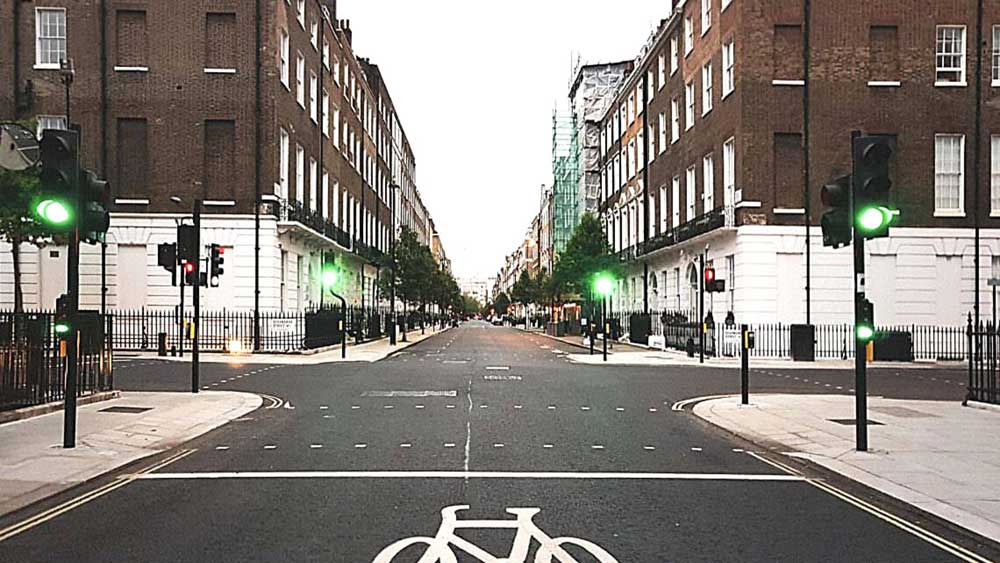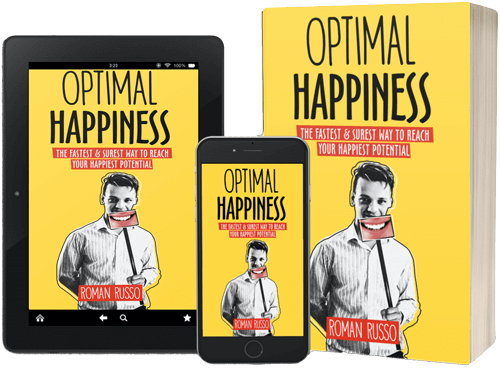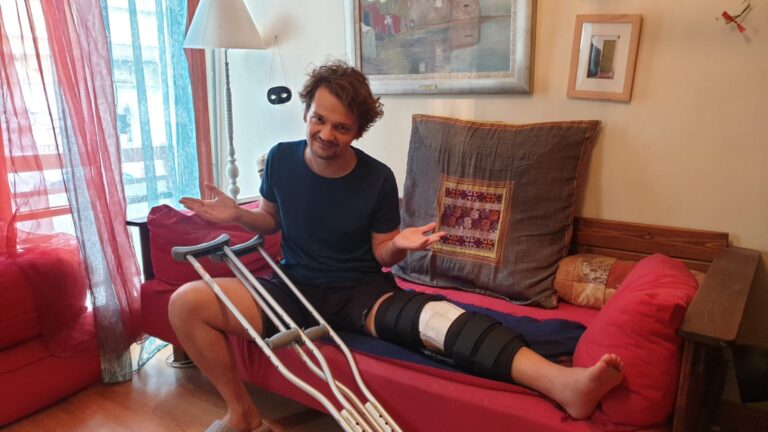
Today, we glorify cars as a method of transportation that has made our modern civilization possible. They allow us to travel farther and bring the world closer. However, it is interesting to note that some of the happiest places on Earth are those without cars, such as car-free streets, cities, or islands.
A few places like this come to mind, such as Koh Phi Phi Island in Thailand, Ginza in Tokyo, Japan (which is free from traffic on certain days of the week), and Mackinac, Michigan, USA. In all of these places, I felt a certain level of relief that I haven’t felt in any other places where cars are present.
I mean, sure, we need cars to go to work, shopping, or for a weekend getaway. However, whenever we are stationary, it somehow becomes better if there are no cars or other vehicles around (such as scooters, buses, trains, etc.). This is probably because we no longer have to look over our shoulder when crossing a road and can be closer to other relaxed people. Walking in places like this tends to have more commerce, recreational activities, less pollution, and allows children to run around unsupervised.
To this extent, the rule seems to be “the fewer cars, the better,” as a busy highway is more stressful for pedestrians than a popular street for cars in the inner city. Even less stressful is a dead-end street hosting a car entrance for only a few houses. In each case, there are fewer cars, and metaphorically speaking, it is easier to breathe.
Furthermore, roads, cars, and other car infrastructure require space, which creates even more distance between streets, people, and businesses. Just consider how much space car parking takes up, which could instead be used for people. In addition, pedestrians now have to wait for the green light to cross the road instead of being able to walk unimpeded. This means that sidewalks become crowded, and pedestrians have to be mindful of whether drivers will actually stop for them, even when they have the right of way.
This separation becomes more evident when considering how cars and roads disrupt and divide nature and natural habitats for animals, birds, and insects. These innocent creatures now have to navigate a dangerous obstacle that previously did not exist. As a result, this adds to the ongoing environmental crisis and the alarming rate of wildlife extinction.
City planners have long ago realized that removing cars from pedestrian areas will make everyone happier. They have started to limit traffic during certain times and in certain areas. Some countries and cities have even pledged to decrease the level of traffic significantly, sometimes permanently closing certain central streets to traffic and only allowing public transportation to facilitate movement in and around these locations.
The result, as expected, is an increase in the well-being of pedestrians, local businesses, and even nature and wildlife. Sure, car drivers may have to endure some inconvenience, but if they exit their vehicles, they too may enjoy these car-free areas.
And while the car-free revolution is happening in many cities around the world, it isn’t happening fast enough. The powerful automobile industry is pushing against such initiatives, and many drivers themselves are resisting the car-free revolution. They continue to glorify the benefits of cars without fully realizing what they are sacrificing by maintaining this system in place.
Overall, I am not suggesting that we completely remove cars from our lives, as they serve an important purpose. However, we should definitely limit their access to certain locations, such as streets in city centers where pedestrians like to visit and hang out. This will undoubtedly increase people’s well-being.















